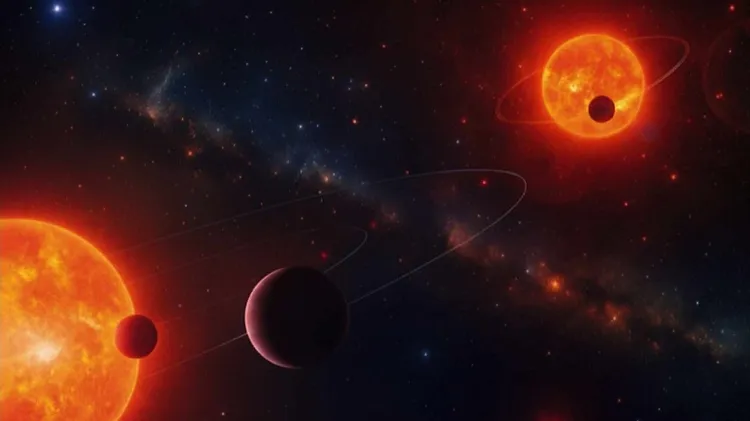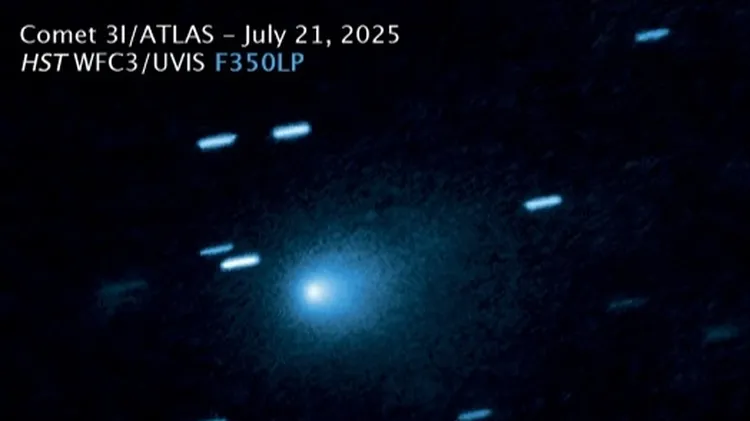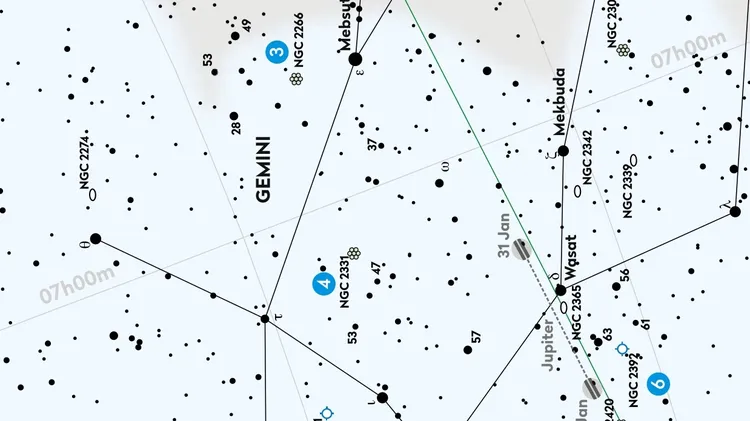An unusual binary could be the ‘before’ shot of a
Peculiar dwarf duo offers expansion clue
2 min read
This article is from...
Read this article and 8000+ more magazines and newspapers on Readly






